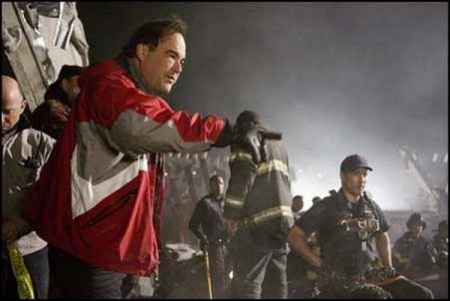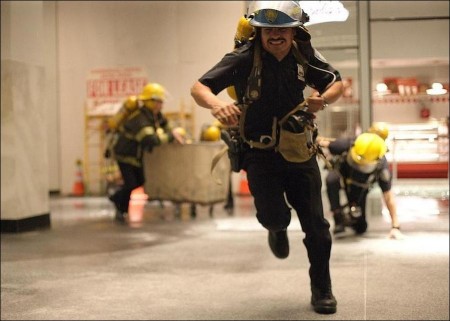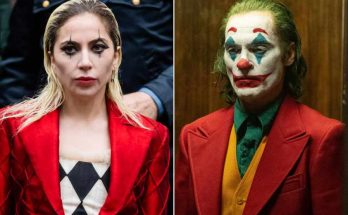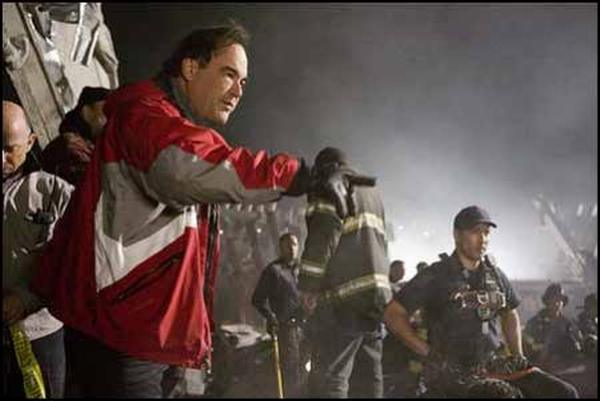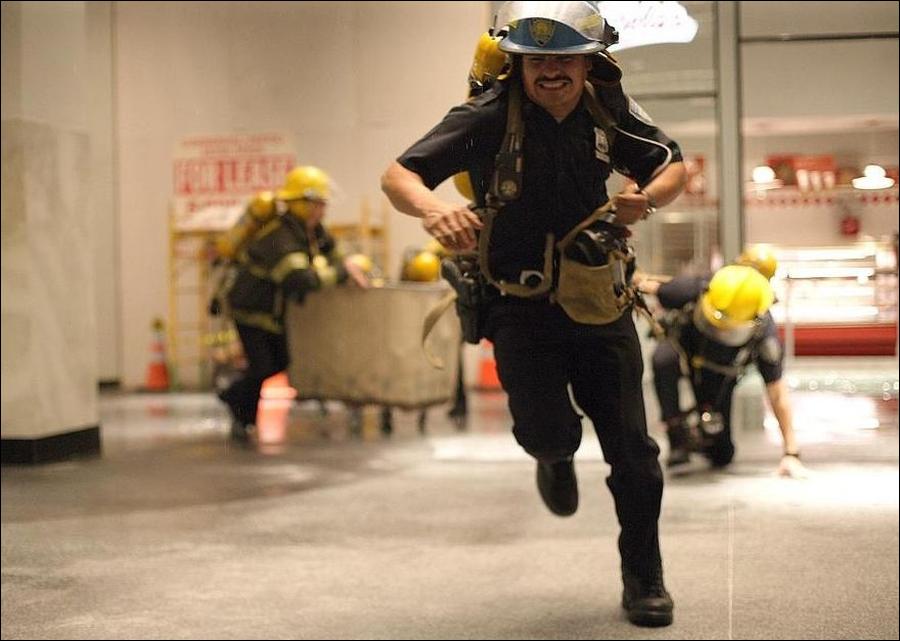September 11, 2001 was an unusually warm day in New York. Will Jimeno, an officer with the Port Authority Police Department, was tempted to take a personal day to enjoy his hobby of bow hunting, but ultimately decided that he would go to work. Sergeant John McLoughlin, a respected veteran of the PAPD, had been up for hours – a requirement of his daily, 1½-hour trek to the city. They and their colleagues made their way to midtown Manhattan, just like they did any other day. Only this wasn’t any other day.
A team of PAPD first responders drove from mid-town Manhattan to the World Trade Center. Five men, including McLoughlin and Jimeno, went into the buildings themselves and were trapped when the towers collapsed. Miraculously, McLoughlin and Jimeno survived, but were buried and pinned beneath slabs of concrete and twisted metal, 20 feet below the rubble field.
Though they couldn’t see each other, each could hear that the other had survived, and for the next 12 hours, McLoughlin and Jimeno kept each other alive – talking about their families, their lives on the force, their hopes, their disappointments. Their story is told in the new motion picture from Oliver Stone, “World Trade Center.”
The film also follows their wives (Donna McLoughlin in Goshen, New York, and Allison Jimeno in Clifton, New Jersey), children, and parents who suffered in their own confined circle of hell, with no messages from or information about their loved ones. The film also chronicles the improbable search by a determined accountant and ex-Marine from Connecticut, Dave Karnes, who found the two officers that night, and then the dozens of firemen, policemen, and paramedics who rescued them over the next grueling 12 hours.
Filming Locations in New York City
Overseeing the production was Don Lee, a veteran producer and native New Yorker who witnessed 9/11 firsthand. “I live downtown and was on my way to jury duty when I saw the second plane hit,” Lee remembers. “The story of these two men appealed to me because it was about New Yorkers helping New Yorkers – two regular guys who went in and almost lost their lives trying to save people.”
According to Lee, the Port Authority of New York and New Jersey gave unprecedented support to the production. With the filmmakers’ commitment to authenticity a top priority, the Port Authority’s cooperation proved invaluable. Not only did they allow the company to film at the Port Authority bus terminal for three weekends – a first for the Authority – but the agency served as advisers to the prop and wardrobe departments on the appropriate gear. “The PAPD made it possible for us to go directly to their vendors so that everything was authentic,” says propmaster Daniel Boxer. In addition to authentic emergency uniforms, the production was able to purchase 75 FDNY radios, six dozen Scott Air Paks, three dozen PAPD gunbelts, a stock room full of police department batons, plastic replicas of period-correct Smith & Wessons pistols, handcuffs modified for movie use, and ca. 2001 signage and graphics.
One of the first “sets” within the Port Authority was in the cops’ real locker rooms in the basement. In fact, it was in this room where Jimeno, Rodrigues, Pezzulo, and their colleagues gathered every day, before and after work, and talked and razzed each other, a scene Stone recreated in the movie. A portion of the locker room was dressed for the “period” – no iPods, different cell phones, newspapers with appropriate headlines – and otherwise rearranged to accommodate cameras, lights, gear and personnel. However, the perimeter remained untouched, and on the beaten lockers hung memorialized “legacy” photos of the officers who lost their lives on 9/11.
“It was a very moving experience to shoot down in those lockers,” says Jay Hernandez. “I saw Dominick’s locker; his picture was up on it like a shrine and it brought back a lot of the emotions that I experienced on that day.”
“You have to be on top of everything going on around you to be a police officer,” says Peña, who spent time with PAPD officers as he prepared for the role. “Those guys are intense. I remember, we were walking through the bus terminal, and they picked one guy out of the crowd – looked like just another guy to me. They asked him what he was doing and he said, `I’m sorry, man – I’ve been hustling.’ Just tells the cop everything! It doesn’t show up in any arrest statistics, but that cop stopped a lot of crime right there. It was really helpful to see firsthand what those guys do.”
Related Link: Read the Full Production Notes for World Trade Center Movie
Views: 207
